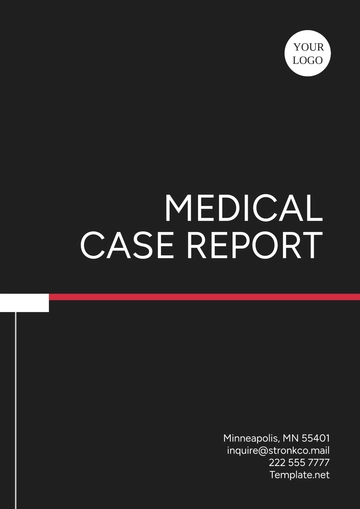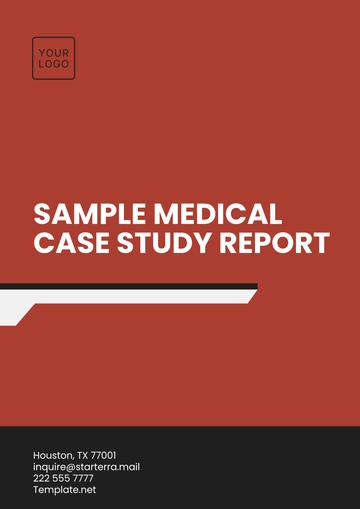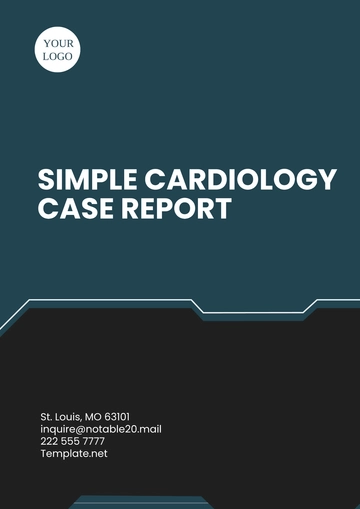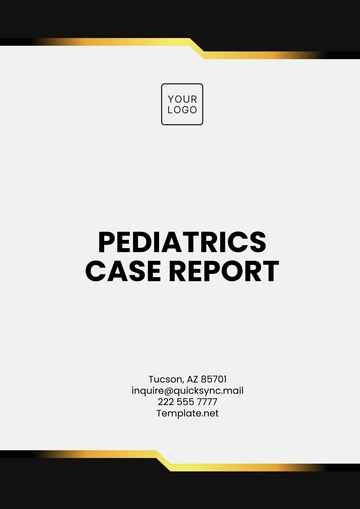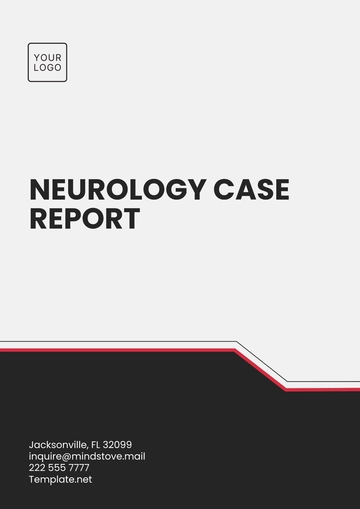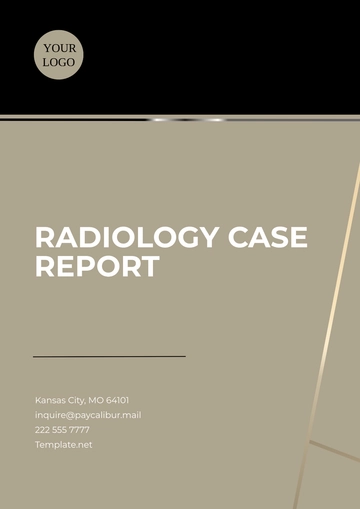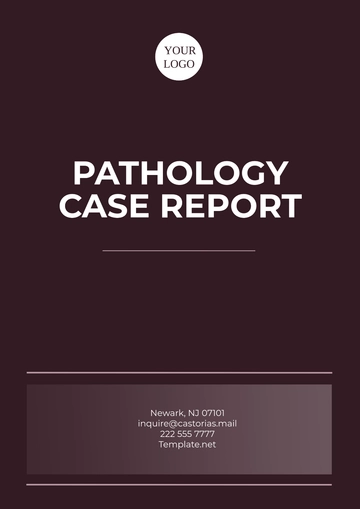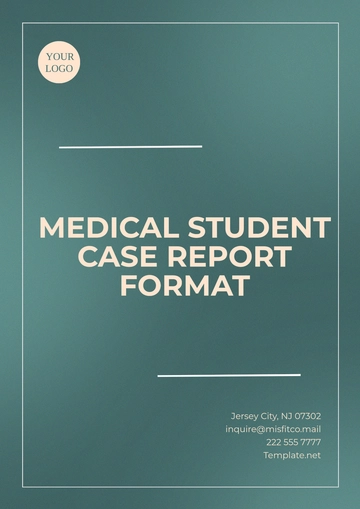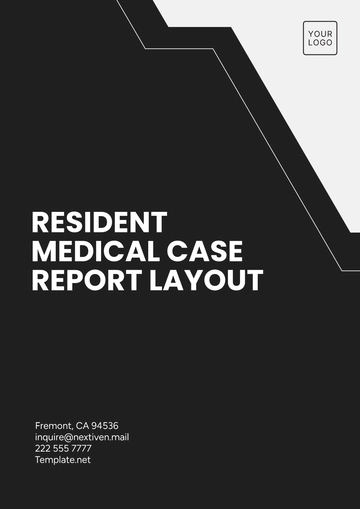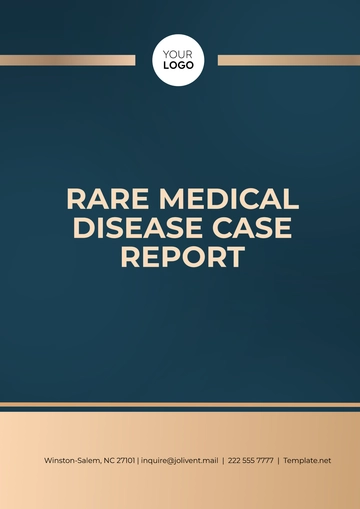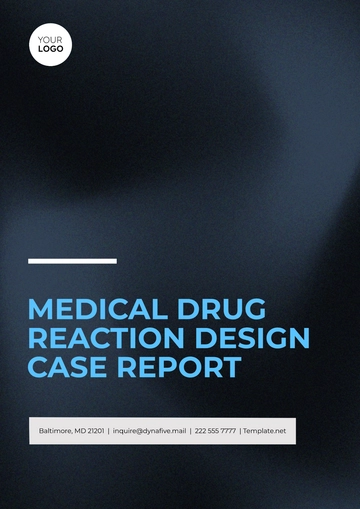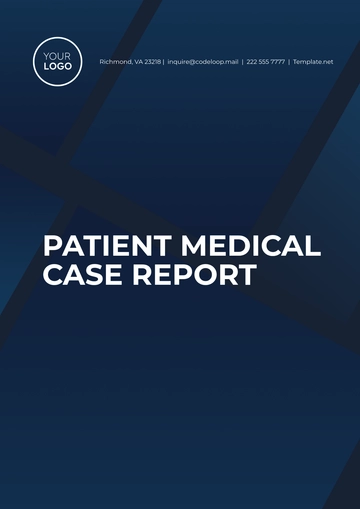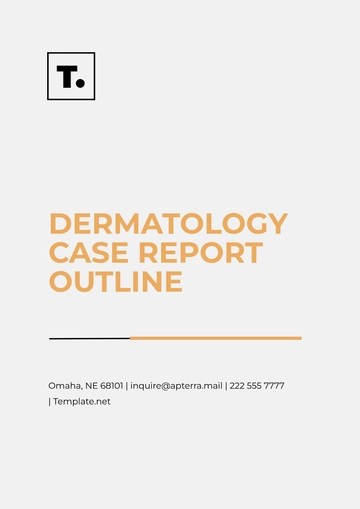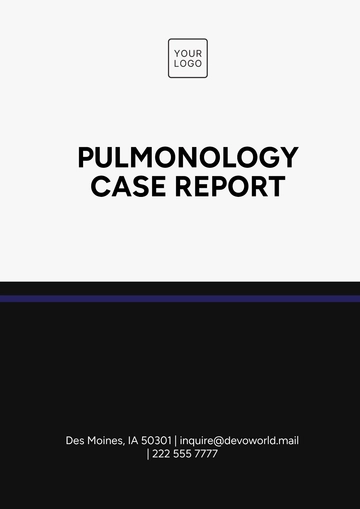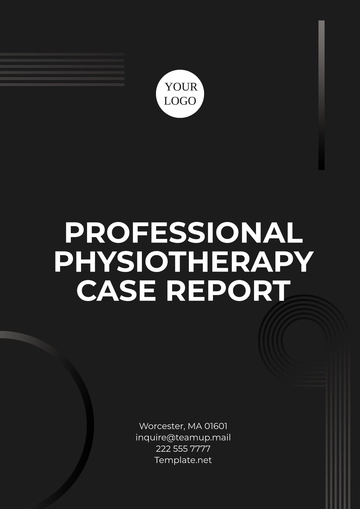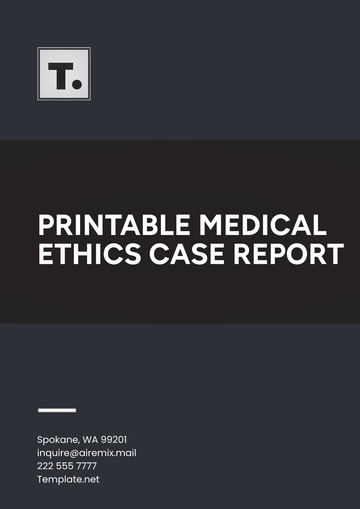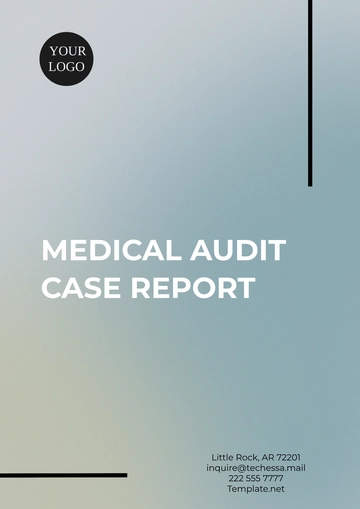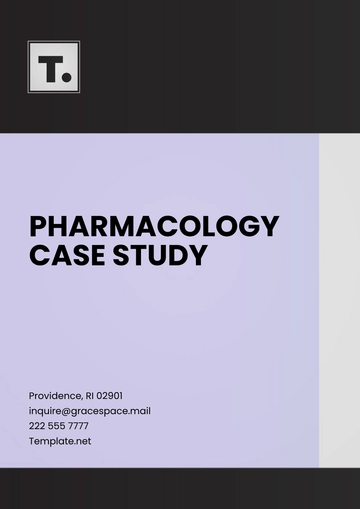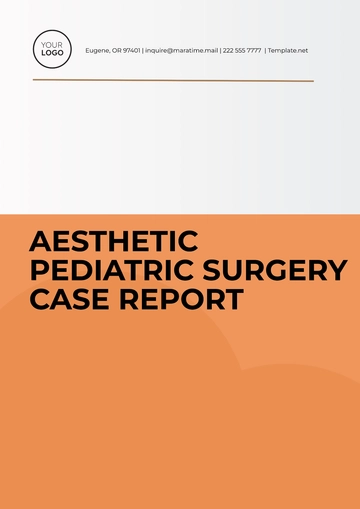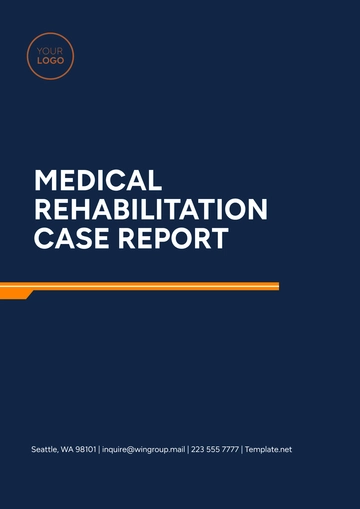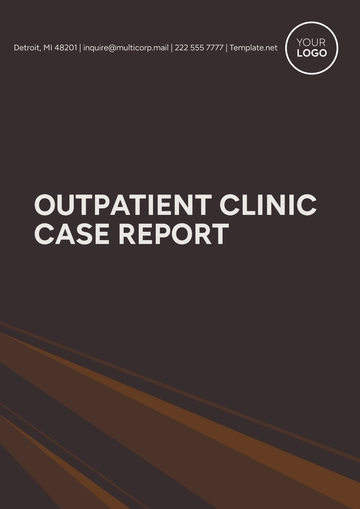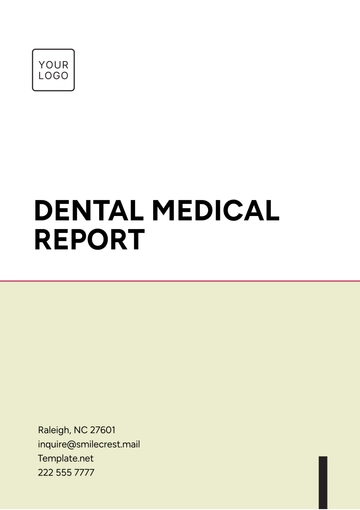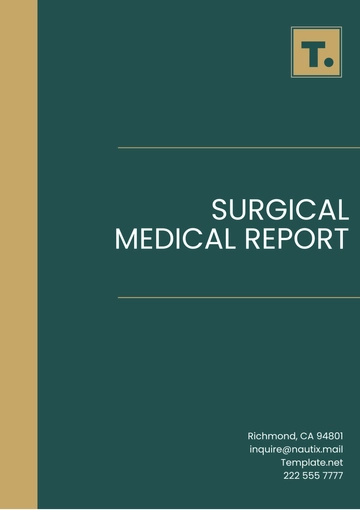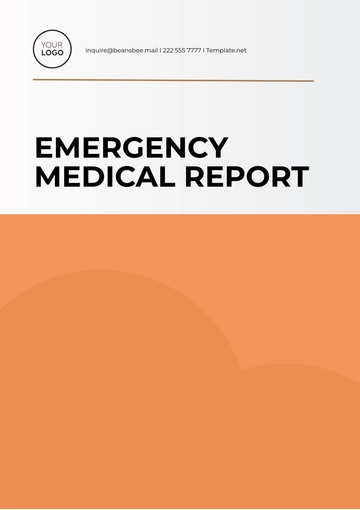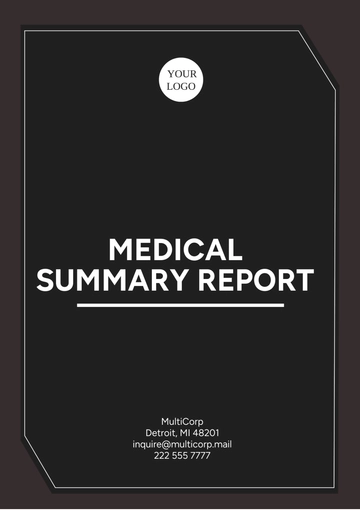Free Rare Medical Disease Case Report
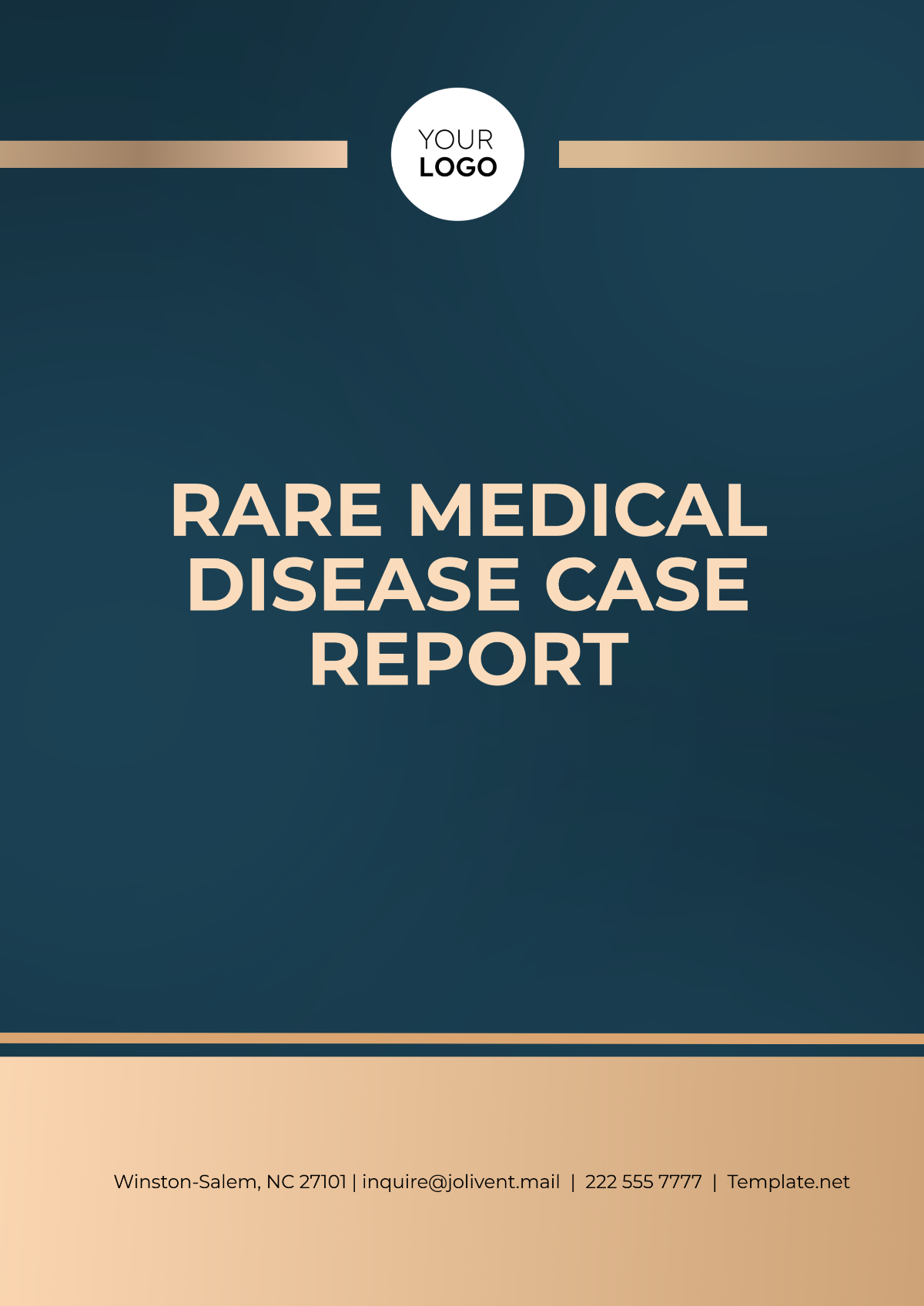
1. Introduction
Rare medical diseases present unique challenges and valuable learning opportunities for healthcare providers. This case report aims to detail the presentation, diagnosis, management, and outcome of a patient with a rare disease. By sharing this information, we hope to contribute to the broader understanding of such conditions and aid in the development of future treatment strategies.
2. Case Presentation
A. Patient Information
Age: 35 years
Gender: Female
Ethnicity: Caucasian
Medical History: Non-contributory
B. Clinical Findings
The patient presented with a six-month history of progressive muscle weakness, particularly in the lower limbs, accompanied by episodes of unexplained fatigue and some cognitive difficulty. Physical examination revealed:
Flaccid paralysis in the lower extremities
Slight cognitive decline
Normal reflexes
Absence of sensory abnormalities
C. Diagnostic Assessment
The initial laboratory tests includa ed complete blood count, metabolic panel, and thyroid function tests, all of which returned normal results. Based on the clinical presentation, further specialized diagnostic investigations were conducted:
Test | Result | Reference Range |
|---|---|---|
MRI Brain | Demonstrated diffuse white matter changes | N/A |
EMG Study | Revealed denervation potentials | N/A |
Genetic Testing | Confirmed mutation in the ABCD1 gene | N/A |
3. Diagnosis
Based on the genetic testing results and clinical presentation, the patient was diagnosed with Adrenoleukodystrophy (ALD), a rare X-linked genetic disorder.
4. Treatment and Management
The management of Adrenoleukodystrophy involves a multidisciplinary approach. Key elements of the treatment plan included:
Hormone replacement therapy with corticosteroids to manage adrenal insufficiency
Physical therapy to maintain mobility and muscle strength
Nutritional interventions including a diet low in very long-chain fatty acids
Regular monitoring by a neurologist for the progression of neurological symptoms
Medications
Medication | Dosage | Frequency |
|---|---|---|
Hydrocortisone | 20 mg | Daily |
Fludrocortisone | 0.1 mg | Daily |
5. Outcome and Follow-Up
Over the first year following diagnosis, the patient showed a slow but notable improvement in both neurologic symptoms and quality of life. Follow-up MRI scans indicated stabilization of white matter changes, though some cognitive limitations persisted. Regular assessments and supportive management are ongoing, with a focus on maintaining independence and quality of life.
6. Discussion
As a rare genetic disorder, Adrenoleukodystrophy presents significant challenges in both diagnosis and management. The advances in genetic testing have been pivotal in establishing accurate diagnoses, thereby allowing for timely and appropriate intervention. This case highlights the importance of considering rare diseases in differential diagnosis, particularly when common neurological conditions are ruled out.
7. Conclusion
This case report underscores the complexities associated with rare medical diseases and the crucial role of a comprehensive, multidisciplinary approach in patient management. Further research is needed to explore new treatment avenues and improve outcomes for individuals with Adrenoleukodystrophy and similar rare disorders.
- 100% Customizable, free editor
- Access 1 Million+ Templates, photo’s & graphics
- Download or share as a template
- Click and replace photos, graphics, text, backgrounds
- Resize, crop, AI write & more
- Access advanced editor
Capture unique case details with Template.net’s Rare Medical Disease Case Report Template. This editable and customizable template is tailored for documenting rare and complex cases. Editable in our AI Editor Tool, it provides a structured format for medical professionals to present these exceptional cases effectively.
You may also like
- Sales Report
- Daily Report
- Project Report
- Business Report
- Weekly Report
- Incident Report
- Annual Report
- Report Layout
- Report Design
- Progress Report
- Marketing Report
- Company Report
- Monthly Report
- Audit Report
- Status Report
- School Report
- Reports Hr
- Management Report
- Project Status Report
- Handover Report
- Health And Safety Report
- Restaurant Report
- Construction Report
- Research Report
- Evaluation Report
- Investigation Report
- Employee Report
- Advertising Report
- Weekly Status Report
- Project Management Report
- Finance Report
- Service Report
- Technical Report
- Meeting Report
- Quarterly Report
- Inspection Report
- Medical Report
- Test Report
- Summary Report
- Inventory Report
- Valuation Report
- Operations Report
- Payroll Report
- Training Report
- Job Report
- Case Report
- Performance Report
- Board Report
- Internal Audit Report
- Student Report
- Monthly Management Report
- Small Business Report
- Accident Report
- Call Center Report
- Activity Report
- IT and Software Report
- Internship Report
- Visit Report
- Product Report
- Book Report
- Property Report
- Recruitment Report
- University Report
- Event Report
- SEO Report
- Conference Report
- Narrative Report
- Nursing Home Report
- Preschool Report
- Call Report
- Customer Report
- Employee Incident Report
- Accomplishment Report
- Social Media Report
- Work From Home Report
- Security Report
- Damage Report
- Quality Report
- Internal Report
- Nurse Report
- Real Estate Report
- Hotel Report
- Equipment Report
- Credit Report
- Field Report
- Non Profit Report
- Maintenance Report
- News Report
- Survey Report
- Executive Report
- Law Firm Report
- Advertising Agency Report
- Interior Design Report
- Travel Agency Report
- Stock Report
- Salon Report
- Bug Report
- Workplace Report
- Action Report
- Investor Report
- Cleaning Services Report
- Consulting Report
- Freelancer Report
- Site Visit Report
- Trip Report
- Classroom Observation Report
- Vehicle Report
- Final Report
- Software Report
